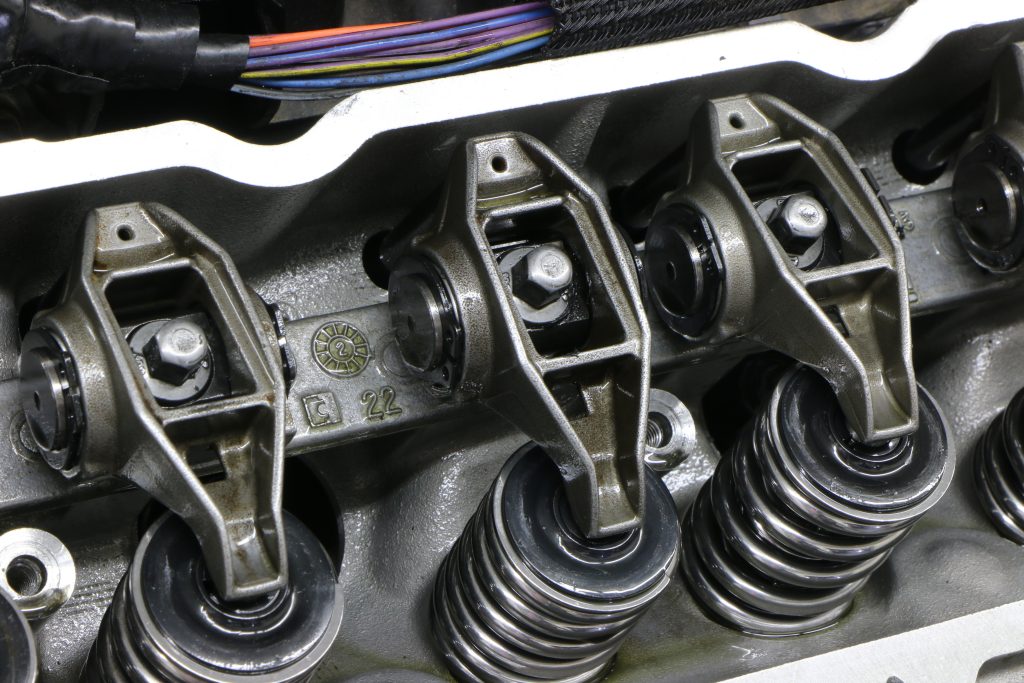You’ve got questions. We’ve got the answers—the Summit Racing tech department tackles your automotive-related conundrums. This week, we’re answering some basic valvetrain-related questions.
Q: Here are a few questions I have in regard to the valvetrain on my 1979 Chevy 3/4 ton 4 x 4, which has a 305-cubic-inch Chevy engine:
J.H. Kegley, WV
- Can you use mechanical lifters with a hydraulic cam?
- Concerning Harland Sharp roller rockers, what is the difference between 1.5, 1.6, and 1.65 rocker ratio. Can all three be used for the street?
- Which of the above ratios would give more power, especially to a truck hauling a load up hills?

A: Here are your answers in order:
- While a flat tappet cam can accept mechanical flat tappet lifters, and a solid cam can accept hydraulic lifters, the two cam profiles are radically different. You should steer clear of mixing the two.
- The difference in rocker ratio is the valve lift. A 1.6 ratio rocker will lift the valve higher than a 1.5 ratio rocker. Just multiply the rocker ratio by the cam’s valve lift to find the total valve lift. For example, a .333-inch lift cam with a 1.5 ratio rocker yields .500-inch valve lift, while a 1.6 ratio rocker on the same cam will give you .533-inch valve lift.
- Generally, higher valve lift equals more power so any rocker with a ratio greater than what you currently have will give you more power.

Comments